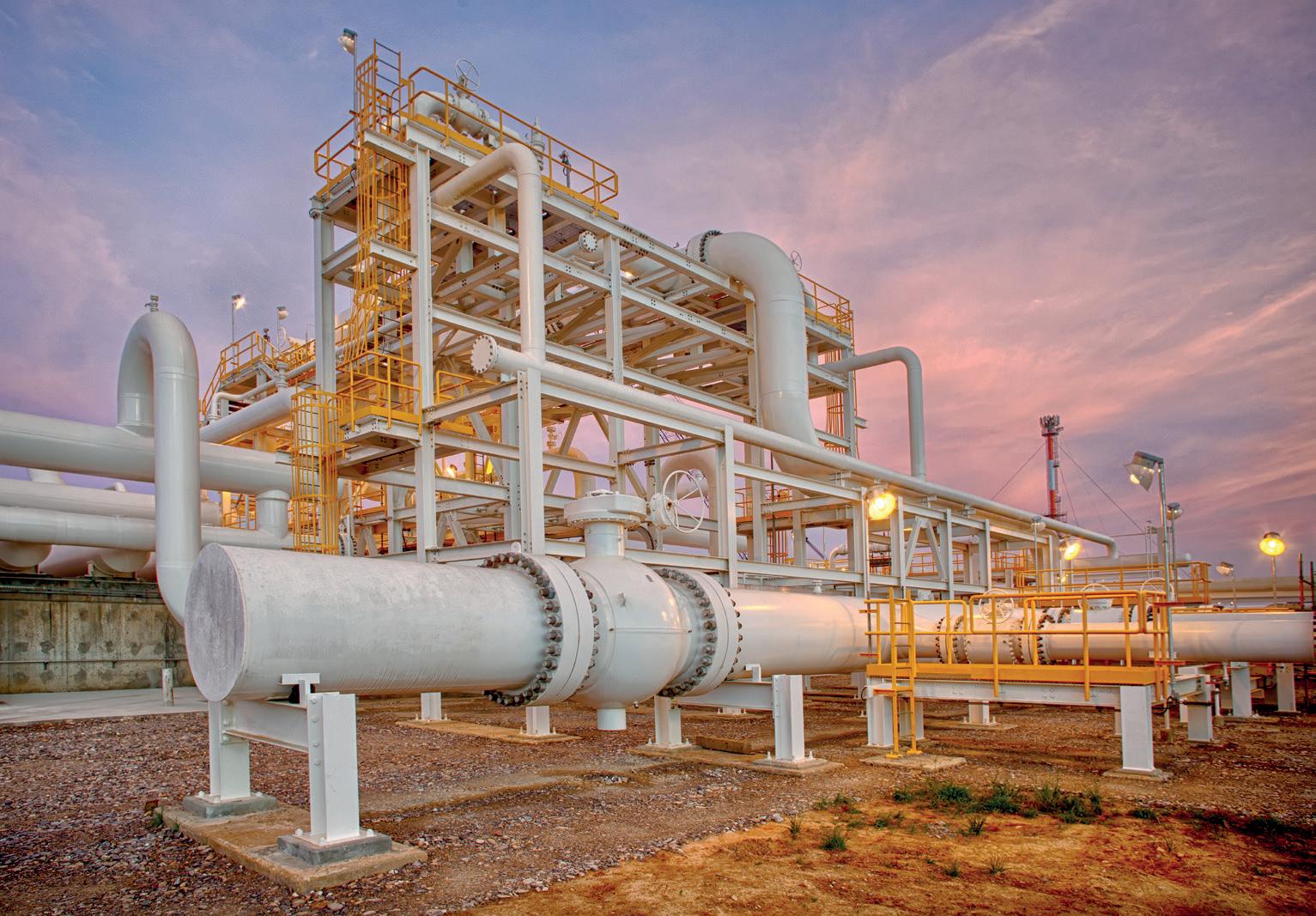
8 minute read
Synergising pipeline integrity
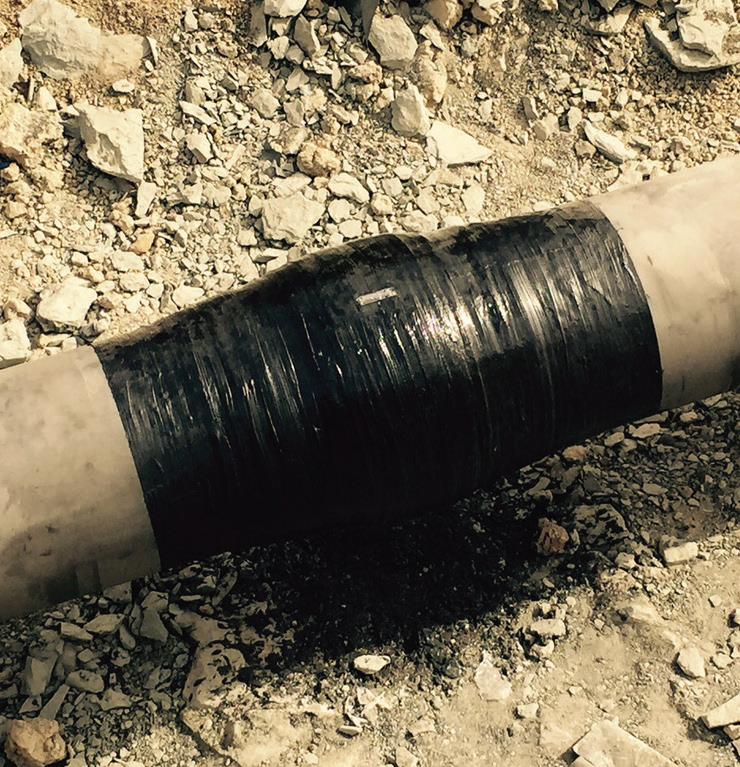
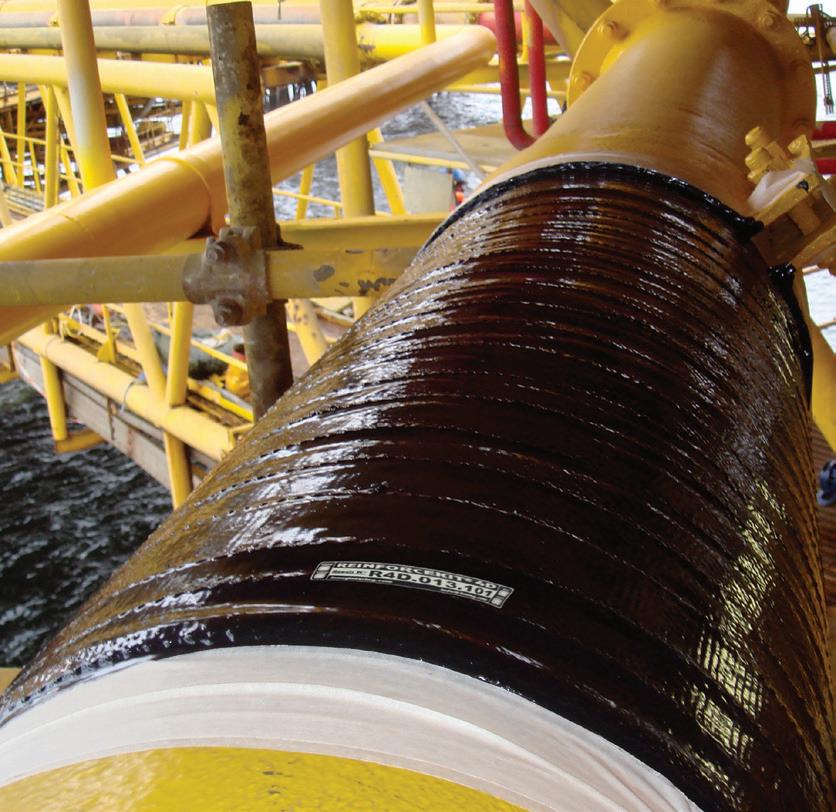
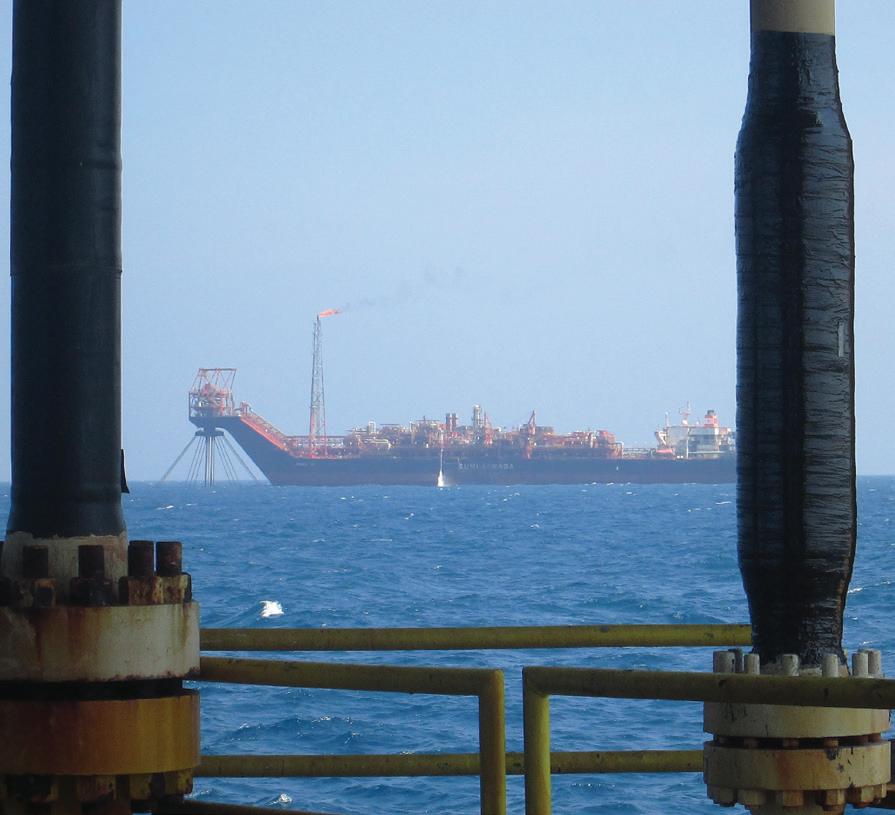

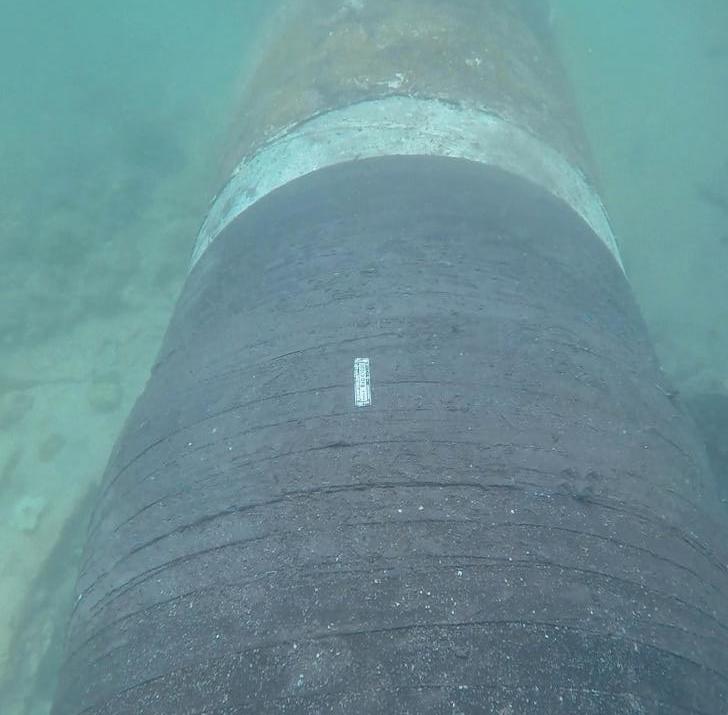

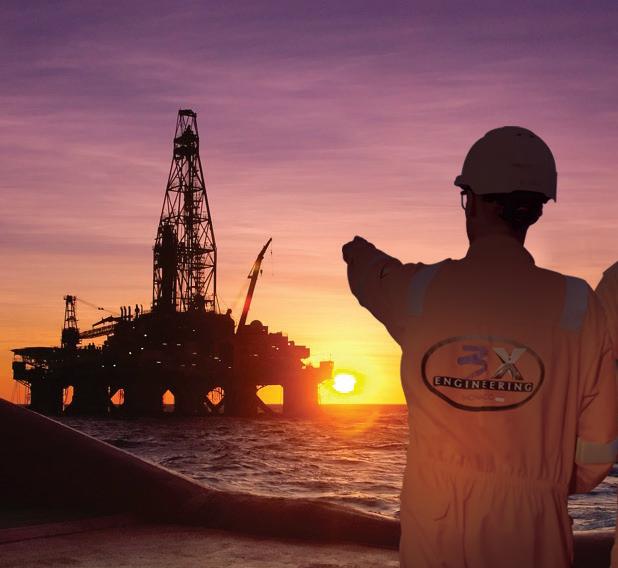
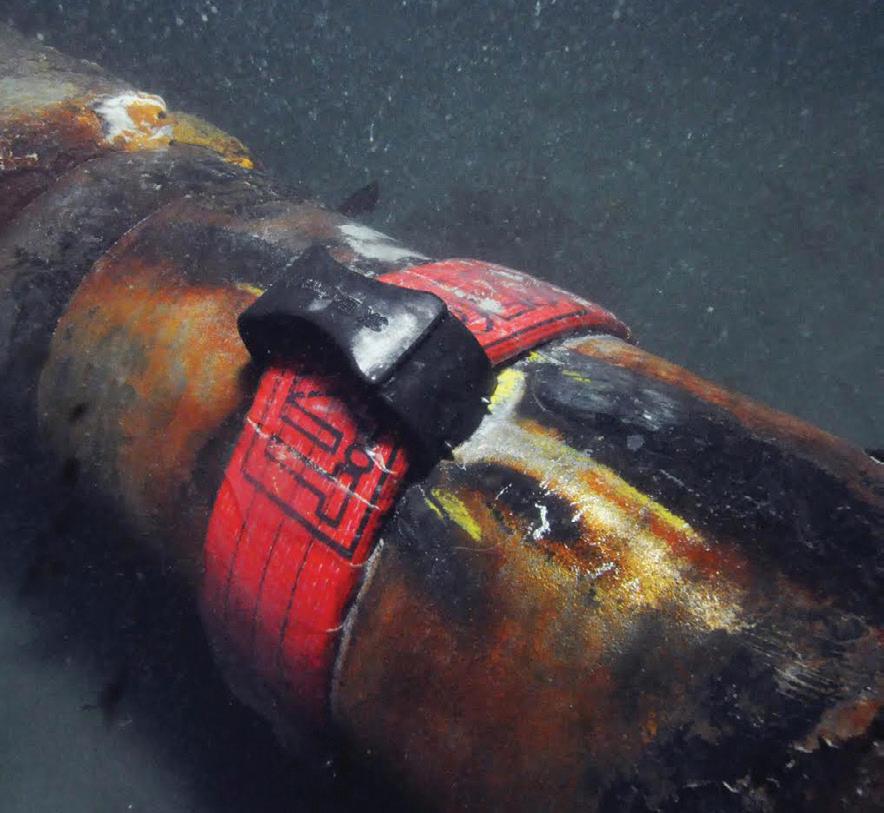
plummeted to an all-time low. Operators were left with no choice but to ration capital investments and focus on survival. Creating shareholder value is of utmost importance for the upstream sector, which now appears to be significantly less focused on pure production growth alone. This in turn reduces the need for sizeable yearly increases to the pipeline installed base. At the same time, operators have been struggling to get certain pipeline projects completed (e.g. Keystone XL, the Transmountain Pipeline expansion and the Atlantic Coast Pipeline), with protests and legal challenges causing delays and a significant increase in costs.
Despite all this, the region is still expected to remain a key driver of global activity levels over the forecast. Many natural gas projects are expected to continue to move forward, as feedstock for a variety of LNG projects currently in the pre-FID stage. As a result, Westwood expects North America installations to total approximately 62 000 km over the 2021 - 2025 period, 30% of the global total. This estimate is also 30% lower than the hindcast period (approximately 90 000 km). Key regional projects include the Key Access Pipeline System (575 km) and the Pacific Northern Gas Looping Project (525 km).
Activity in Asia is expected to be dominated by China, with ambitious plans to increase domestic production and unlock the vast potential of its unconventional resource base – most of which needs significant investment into pipeline infrastructure, as they are in areas with limited current infrastructure. At the same time, the country continues to install major, cross-border pipelines to facilitate imports from a diverse range of countries. Key pipelines in the country with activity over the 2021 - 2025 period, include the Xin-ZheYue synthetic gas pipeline and 4th and 5th West-East gas pipelines. Outside these two regions, the drive to increase energy security and clean agenda will also contribute to forecast activity levels. Examples include Saudi Arabia, where MGSE Phase 2 and North & South Haradh GCP gas pipeline projects are expected to see installation activity over the forecast period. Elsewhere, a series of gas interconnector projects throughout Western Europe, and pipelines supporting the Vaca Muerta development in Argentina, are also expected to move forward. Over the forecast period (2021 - 2025), Westwood expects onshore pipeline installation activity to increase from the low point of 2020, though a return to the high levels seen between 2017 - 2019 is unlikely. Improved oil prices, recovering demand and a continued drive to develop natural gas reserves are expected to support an average annual onshore pipeline installation rate of 40 000 km over the forecast.

Put Down Your Work Gloves.
(We’ve got this.)
Maintaining a pipeline is no easy task. With so many things to worry about, you need products you can depend on. Always. Our solid-state decouplers help improve your cathodic protection system’s performance and stand up to AC faults and lightning strikes, in all sorts of conditions. We make them rugged so that you can trust them to perform. Always.
Applications Include:
• AC Voltage Mitigation • Insulated Joint Protection • Decoupling Equipment
Grounding Systems • Gradient Control Mat Isolation
Learn more about our Always Rugged Promise: Dairyland.com/AlwaysRugged
Tony Alfano, Pipeline Product Line Director, DNV, discusses the application of DNV’s Synergi Pipeline software for the National Gas Company of Trinidad and Tobago, and how digital tools can enhance safe and efficient operations.
The oil and gas sector of Trinidad and Tobago is dominated by the production of natural gas and exports of LNG. However, since 2014, gas production in the country has been declining and the country has faced a risk of undersupplying its downstream demand of feedstock natural gas.1 As a result, the Government of Trinidad and Tobago continues to make the availability of natural gas supply a key component in its energy policy and energy transition plans.
Citing US Department of Energy and International Gas Union data, the twin-island Caribbean nation’s Energy Minister, Stuart Young, said in June 2021 that a significant demand for fossil fuels will guarantee many more years of life for the domestic industry, even as the energy transition gathers pace.2
Safeguarding the country’s vast network of transmission and distribution pipelines, traversing an area of 5128 km2 (1981 square miles) and fuelling a population of nearly 1.4 million people, is therefore essential as it aims to bolster its gasbased economy and status as a hydrocarbon exporter while strengthening its commitment to the energy transition.
Since 1975, The National Gas Company of Trinidad and Tobago Limited (NGC) has played a pivotal role in the energy sector through the aggregation, processing, transportation, and distribution of natural gas. The company owns, maintains, and operates the country’s transmission and distribution gas gathering and distribution pipeline network of approximately 1000 km which comprises both offshore and onshore segments. The network’s installed capacity is currently 4.4 billion standard ft3/d and supplies natural gas to power generation plants, global scale petrochemical plants, a world scale LNG facility and a wide range of light manufacturing and commercial enterprises.
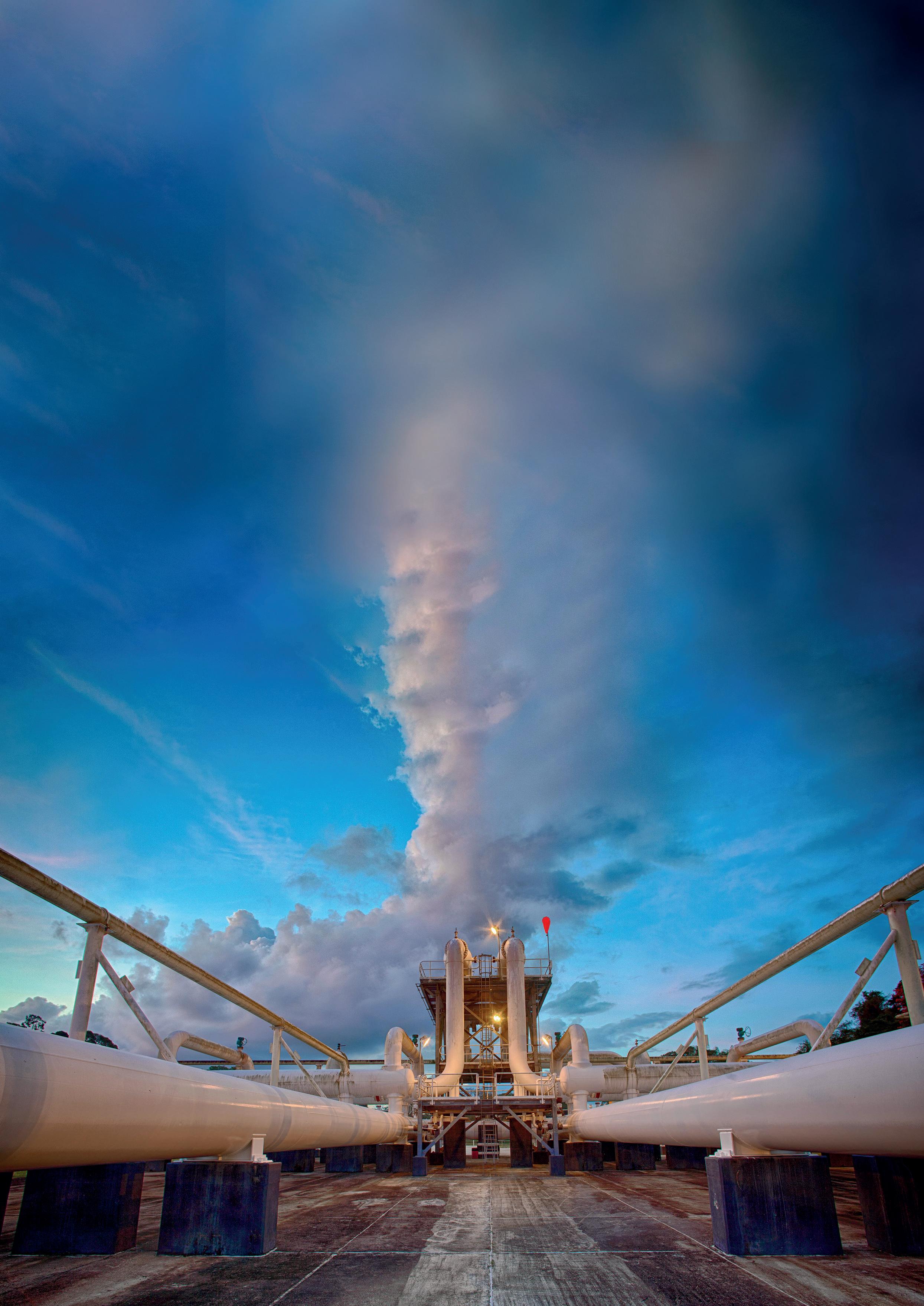
Next generation pipeline integrity management As natural gas is the primary fuel for the generation of electricity and feedstock supply to the petrochemical and
Figure 1. Trinidad and Tobago’s vast network of transmission and distribution pipelines traverses an area of 5128 km2 (1981 square miles) and fuels a population of nearly 1.4 million people (image courtesy of NGC). 19
LNG industries that drive the energy sector in the country, the NGC’s Asset Integrity Management Framework, implemented in 2019, is a key management system to preserve the value and safety of those assets.
The company first started working with DNV in 2012 when it utilised the pipeline integrity management support software tool, Silverpipe. Using a traffic light format, the web-based portal provided ready access to historical records, the condition of all assets held by the system, overall risk profiles, safety alerts, and the status of integrity management projects and tasks.
Building on the success of the portal, the lessons learned from its use across the oil and gas industry, and the advance of digital tools and software, DNV has since overhauled the system to create Synergi Pipeline software. Applicable to distribution networks, offshore and onshore pipelines as well as gas, liquid, and slurry pipelines, it provides a more comprehensive and customisable integrity and risk management platform. NGC has recently upgraded to the latest version of Synergi Pipeline to improve its risk management across its gas gathering and distribution pipeline network.
A bird’s eye view of risk According to GlobalData, Trinidad and Tobago is expected to contribute around 25% or 820 million ft3/d of the Americas natural gas production in 2025 from planned and announced projects (new build projects, excluding the US L48). A total of seven natural gas projects are anticipated to start operations over the next four years. Of these, Colibri and Matapal are some of the key projects that are likely to collectively contribute around 58% of the natural gas production in the country in 2025.3
The outlook for natural gas as a fuel of choice for economic resurgence and sustainability targets is understandably a major talking point across the islands. To ensure growing energy demands are met in a clean and sustainable manner, Synergi Pipeline software will be used to document risks such as pipeline corrosion, track regulatory compliance, and give a clear overview of the asset integrity management (AIM) of pipelines and gas distribution network components. Importantly, it will also provide a bird’s eye view of their network at a quick glance allowing NGC to better allocate resources, maintain the reliability of their pipelines and ensure security of supply.
It was initially used to drive integrity management plans, including inspections and reassessments, but has now been expanded to drive enterprise-wide processes and risk-informed decisions to ensure resources are in alignment and cost savings are reaped. It is a solution that can fit seamlessly into existing GIS and enterprise management systems.
Most notably, Synergi Pipeline gives NGC a holistic risk classification of the company’s transmission and distribution pipelines. Another benefit of the upgrade is that NGC will be able to share a complete risk picture across the organisation for use in many different types of projects.
Tailored and transparent NGC has played a pivotal role in expanding Trinidad and Tobago’s gas-based energy sector and is an early adopter and advocate of digitalisation and innovative solutions to support its role in the local and international natural gas value chain. When assessing the capabilities of software systems on the market, it was the fact that DNV offered the most comprehensive solution that was particularly attractive to NGC in its assessment of a solution to augment its asset integrity management systems. The highly customisable nature of Synergi Pipeline helps NGC tailor the data to its unique needs, address mechanical integrity data silos, and establish context to asset data across departments, helping the company derive better business value. While the system, which seamlessly integrates with the Company’s Esri ArcGIS environment, provides a set of pre-defined risk models for a full range of infrastructure threats that can be extended to accurately mine data and track specific audit trails of information, it also ensures information integrity for a clearer, instant understanding of asset properties and conditions. Overall, it offers:
) An open analytical environment providing NGC’s end users with the ability to maintain and adapt integrity analytics to accommodate regulatory requirements or to create new analytic and risk models.
Figure 2. DNV’s Synergi Pipeline software is applicable to transmission and distribution networks, offshore and onshore pipelines as well as gas, liquid, and slurry pipelines (image courtesy of NGC).
